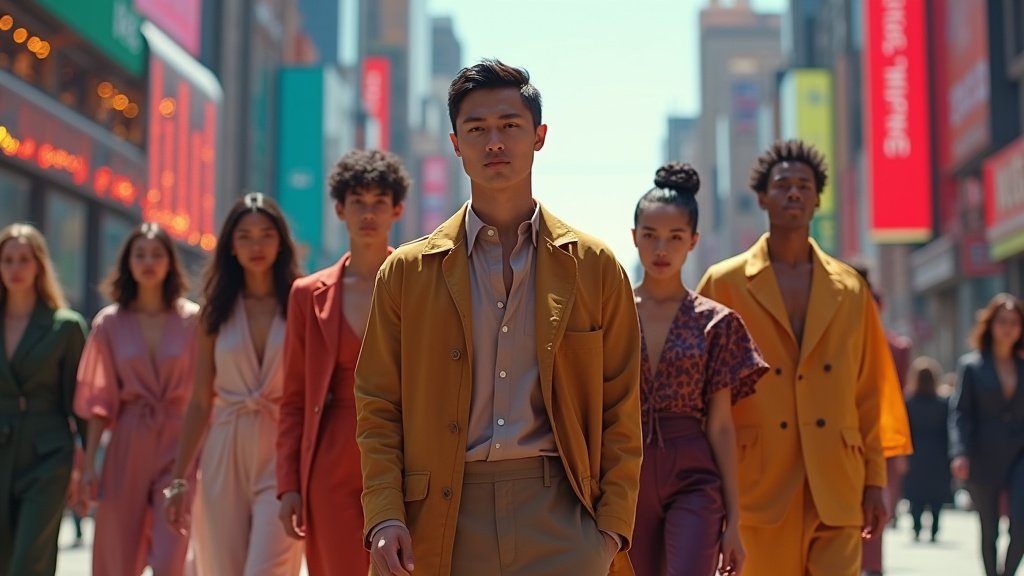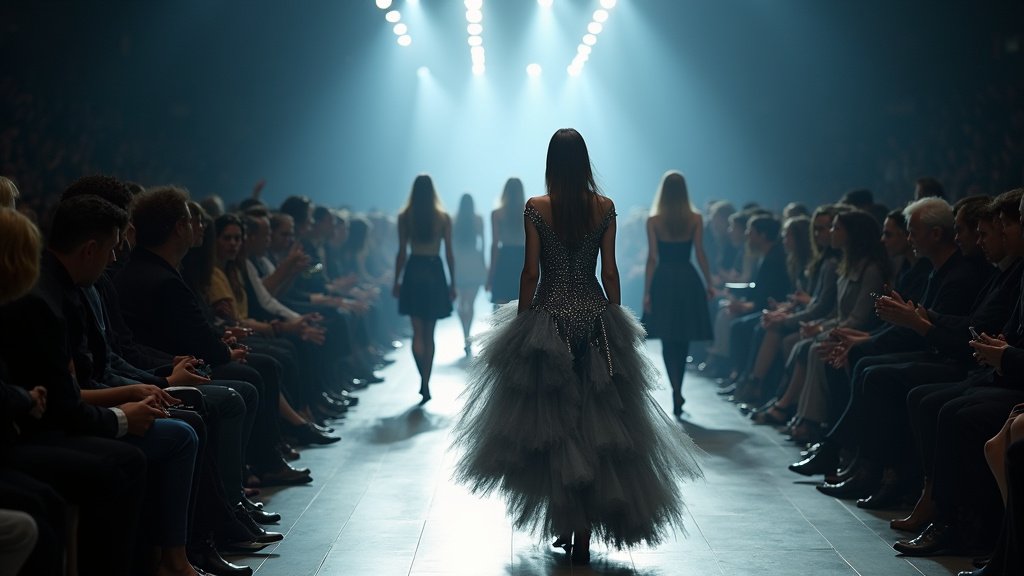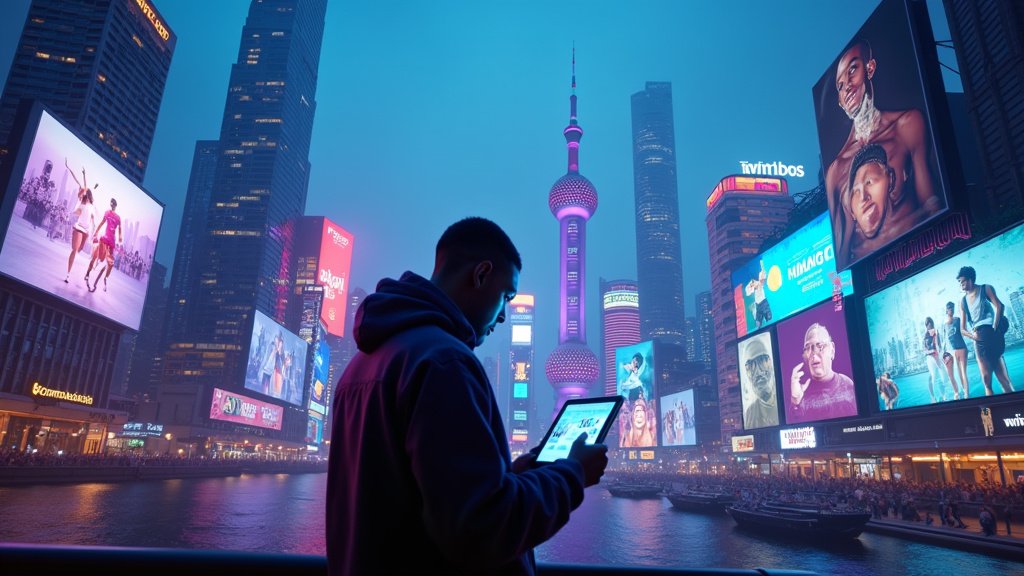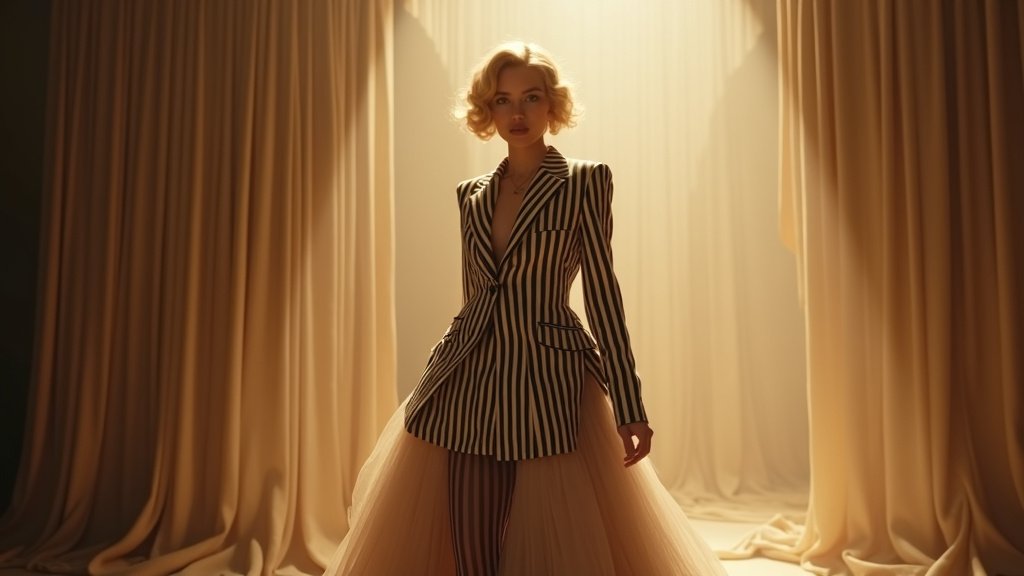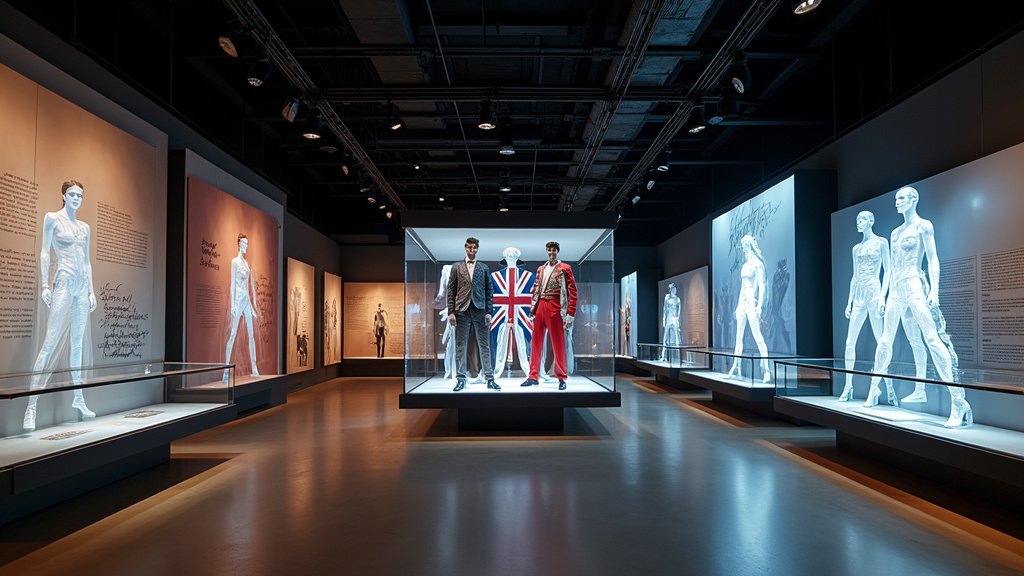The fashion landscape is undergoing a profound transformation, moving beyond traditional gender divides to embrace a more fluid and inclusive approach to dressing. Gender-neutral fashion is no longer a niche movement but a significant cultural force, fundamentally changing how individuals express themselves through style and how the industry operates. This shift reflects broader societal progress towards individuality, authenticity, and a rejection of rigid categorical norms.
Echoes of the Past: A History of Fluidity
The concept of clothing transcending gender is not a recent phenomenon. Historically, garments were often designed for function and status rather than strict gender adherence. From the androgynous styles embraced by ‘flappers’ in the 1920s, influenced by figures like Coco Chanel who championed comfort and freedom, to the unisex revolution of the 1960s where jeans and turtlenecks became universal staples, fashion has frequently blurred gender lines. Icons like David Bowie, Grace Jones, and Marlene Dietrich boldly defied conventional norms, paving the way for a more expressive approach to personal style that continues to resonate today. Even traditional garments in South Asian and East Asian cultures, such as the sari, dhoti, or kimono, have historically been worn across genders, underscoring that gendered clothing is often a more modern construct tied to marketing rather than necessity.
The Modern Catalyst: Drivers of Gender-Neutral Fashion
The current surge in gender-neutral fashion is fueled by a confluence of powerful factors. At its forefront is Generation Z, a demographic that largely embraces gender fluidity and actively seeks out brands that champion inclusivity and authenticity. This generation, along with Millennials, is driving demand for clothing that breaks away from binary norms, with studies indicating a significant percentage of young consumers have purchased fashion outside their designated gender identity and are open to more gender-neutral options. The increasing visibility of diverse gender identities in media and popular culture has amplified this movement, encouraging a broader societal acceptance. Social media platforms have also played a crucial role, offering a global stage for self-expression and community building around shared values of inclusivity.
This cultural evolution is mirrored in market trends. While specific figures vary by report, projections consistently show robust growth in the gender-neutral clothing market, with expectations of it reaching billions of dollars in the coming years. This expansion signifies not just a passing trend, but a fundamental shift in consumer priorities and market dynamics.
Brands Charting New Territories
Numerous fashion houses and independent brands are at the vanguard of this movement, reimagining design and marketing to cater to a gender-fluid future. Luxury brands like Gucci, with its “Gucci MX” collection, and Prada have integrated gender-neutral lines, celebrating androgyny and self-expression. More specialized brands such as Telfar, TomboyX, Wildfang, and Kirrin Finch have made inclusivity and gender defiance central to their ethos, offering everything from everyday basics and underwear to tailored pieces designed for all bodies. These brands often emphasize sustainable practices and ethical production, aligning with the values of their conscious consumer base. Their success demonstrates a growing market appetite for clothing that prioritizes the wearer’s identity and comfort over outdated gender stereotypes.
Reshaping Style, Challenging Culture
The impact of gender-neutral fashion extends far beyond the runway and retail racks; it is actively reshaping individual style and broader cultural perceptions. By moving away from prescriptive gender labels, fashion becomes a more powerful tool for personal expression. Individuals are empowered to explore a wider spectrum of aesthetics, colors, and silhouettes that genuinely resonate with their identities. This trend is particularly evident in categories like performance and technical wear, which are being re-engineered to serve the wearer’s needs and activities, rather than adhering to stereotypical gender norms. The emphasis is shifting towards versatile, comfortable, and adjustable fits, allowing for a more intuitive and confident approach to dressing. This evolution challenges deeply ingrained notions of masculinity and femininity, fostering a more accepting and diverse cultural environment where self-presentation is celebrated for its authenticity.
The Future is Fluid: Inclusivity as the New Standard
The trajectory of gender-neutral fashion indicates a permanent shift in the industry and society. It signifies a move towards a future where fashion is less about imposed labels and more about individual empowerment, creativity, and authentic self-expression. As designers continue to innovate and consumers increasingly demand authenticity and inclusivity, the fashion world is poised to embrace a more fluid, diverse, and wonderfully expressive future. This progressive movement is not merely a passing trend; it is a testament to evolving cultural values and a beacon for a more accepting and personalized world, proving that style, indeed, is for everyone. This ongoing evolution offers compelling news for the future of how we dress and interact with culture.

